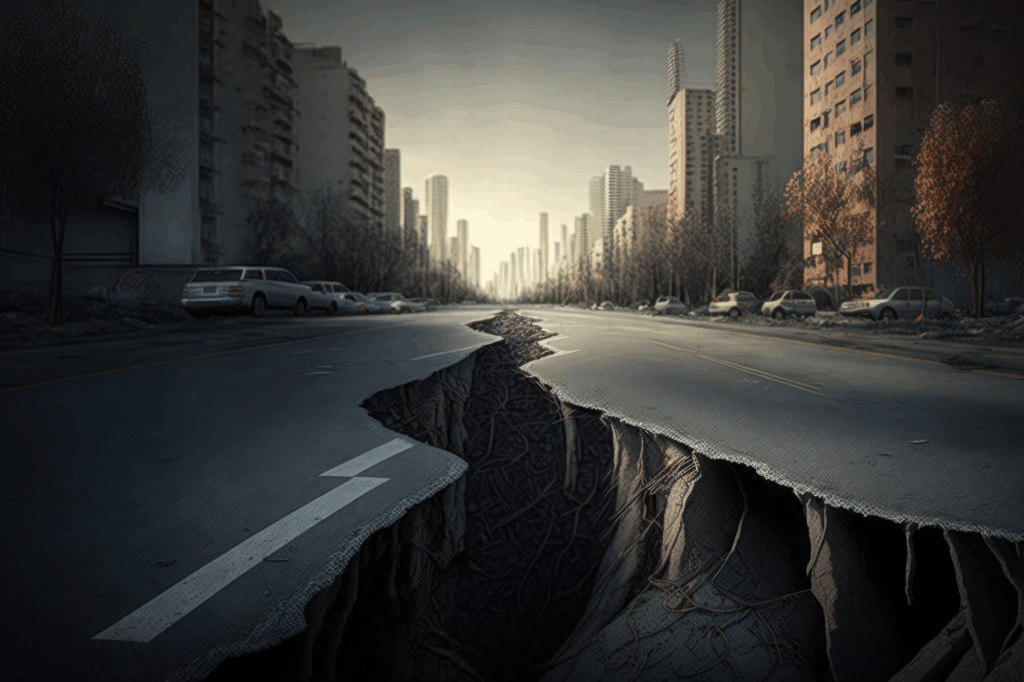A 7.5-magnitude earthquake off the coast of Argentina has officials worried that a massive tsunami may be on its way to Chile.
Around 200 kilometers (124 miles) south of Puerto Williams, close to Chile’s southern coast, the earthquake occurred at 9 a.m. local time, prompting the warning. The United States Geological Survey reports that the earthquake occurred 10 kilometers below the surface and that four minor aftershocks were soon detected in the area.
According to the US National Oceanic and Atmospheric Administration, Antarctica may experience tsunami waves as high as three feet, while Chile may experience waves as high as nine feet.
In the next few hours, waves are expected to reach cities in Chile’s far south and bases in Antarctica, according to the country’s Hydrographic and Oceanographic Service (SHOA).

According to Chilean disaster officials, the Magallanes Region’s coastline area in Southern Chile would need to be evacuated because of the possibility of tsunamis. Civilians were gradually leaving the danger area, according to local video footage.
An additional video, this time from Punta Arenas, shows dozens of automobiles rushing out of the area and scores of people leaving the city.
According to national danger assessment systems, the Falkland Islands look to be safe from the potential tsunami waves, which might occur within 300 kilometers (186 miles) of the epicentre.
“Continue to assess the impact on people and damage to infrastructure and basic services,” the National Disaster Prevention and Response System, or SENAPRED, warned.
It also reminded Chileans, “Don’t forget to consider your pet and its needs.”
The country’s president Gabriel Boric, a native of the area, wrote on his X account that: “We call for the evacuation of the coastline throughout the Magallanes Region.”
“Right now, our duty is to prevent and heed the authorities. Regional and national COGRID are just getting started. All state resources are available,” he added.
According to the Interior Ministry, Álvaro Elizalde, the minister, and Víctor Ramos, his undersecretary, are both going to the SENAPRED headquarters.
The largest, southernmost, and least inhabited part of Chile is the Magallanes, where the earthquake occurred. About 166,000 people lived there in 2017, according to government statistics.
In 1960, the strongest recorded earthquake, with a magnitude of 9.5, destroyed Chile.
The earthquake and the ensuing tsunamis, which ravaged nations as far afield as Japan, the Philippines, and Australia, killed between 1,000 and 6,000 people.
More than 6,200 miles from the epicentre at Lumaco, the waves smashed into Hilo, Hawaii, reaching heights of 35 feet (10.7 meters).
An 8.8-magnitude earthquake and tsunamis struck the nation fifty years later, with three minutes of severe shaking.
Around 1,500 miles away, in Peru, people felt the tremors of the earthquake.
South-central Chilean coastal villages were damaged by a subsequent tsunami. In the impacted areas, about 9% of the population lost their homes.
Over two dozen persons went missing, and at least 525 people were killed.
Due to its location at the meeting point of the South American and Nazca tectonic plates, Chile is susceptible to powerful earthquakes.





